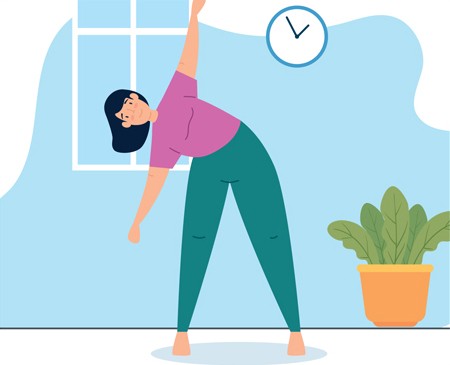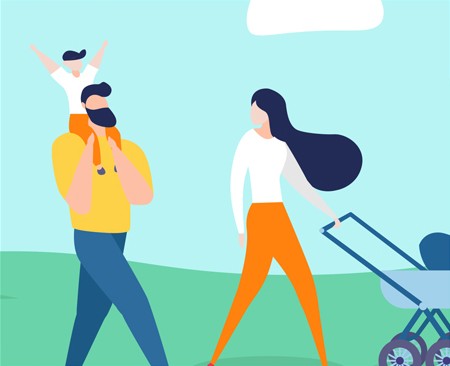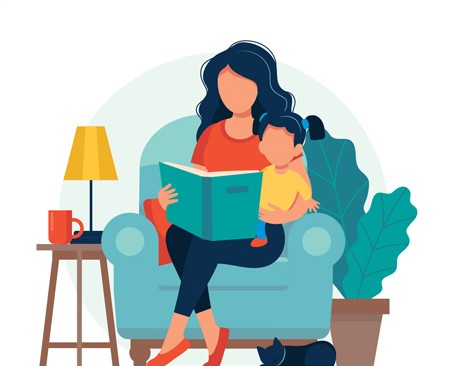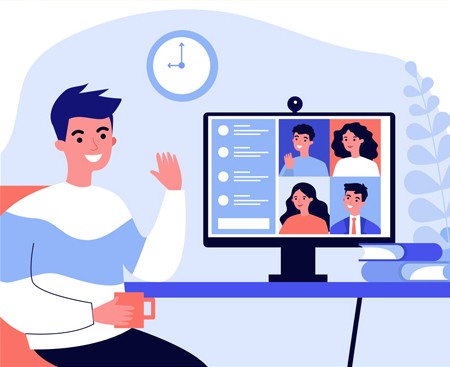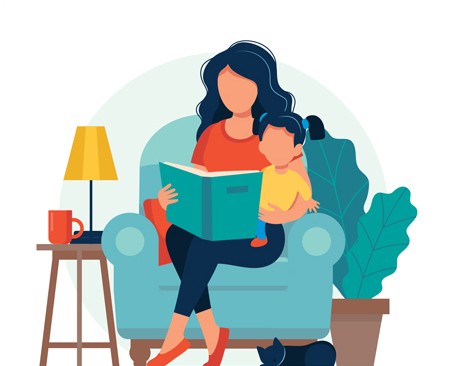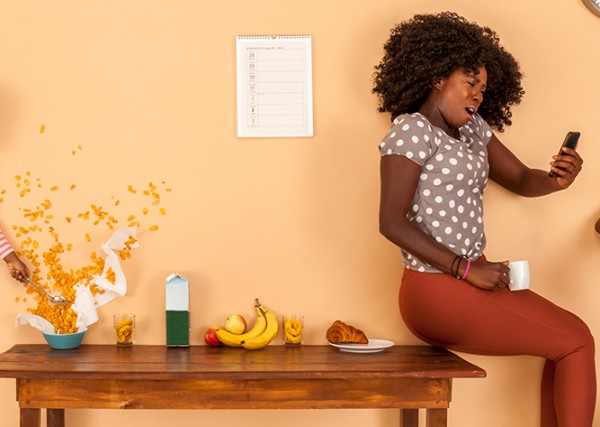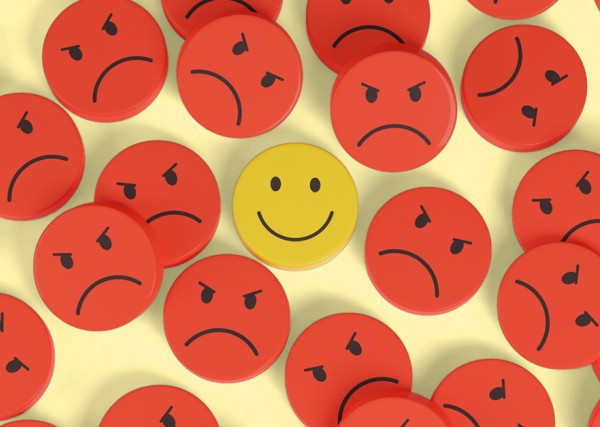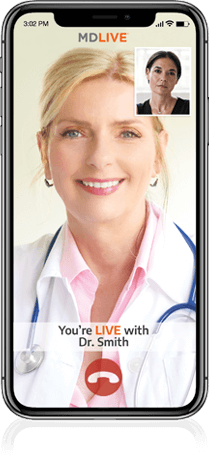
finding balance during COVID-19.
five ways to stay active and socially connected while limiting your risk.
“The core of anxiety is the intolerance of uncertainty and fear of the unknown.”
- Thea Gallagher, Psy.D., Clinic Director at the Center for the Treatment and Study of Anxiety (CTSA) in the Perelman School of Medicine at the University of Pennsylvania.
A note from MDLIVE chief medical officer, Dr. Cindy Zelis.
COVID-19 has impacted all of our lives. From wearing masks and social distancing to economic uncertainty and changes to work and school life, we’re living with the effects of the pandemic every day.
With so much going on, we now face new decisions that can cause stress and anxiety we might not have felt before. What activities are safe to do? What is the best way to limit the risk of exposure and protect ourselves and our family?
This uncertainty about the future can cause people to get stuck in an “anxiety spiral” where they focus too heavily on worst-case scenarios and have a hard time differentiating high-risk from low-risk activities. And while we do need to be cautious, fear of the unknown can cause us to try to eliminate all risks from our lives. Not only is this impractical, but it can make stress and anxiety worse.
Fortunately, there are techniques that can both maintain a low risk of disease spread and counteract the anxiety and stress you may feel. Many of these techniques also help us stay active and social, which are great ways to keep yourself healthy and improve your physical and mental wellbeing.
5 ways to stay safe while being active:
Posted date: September 11, 2020
